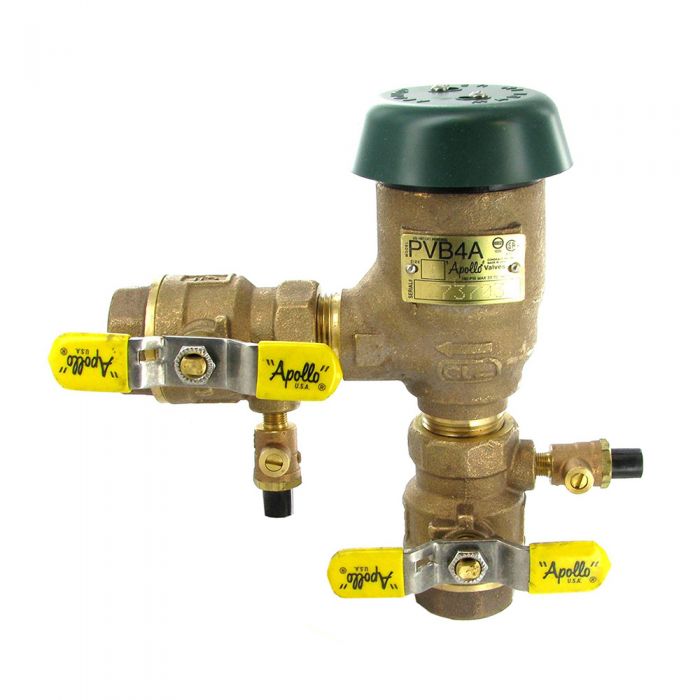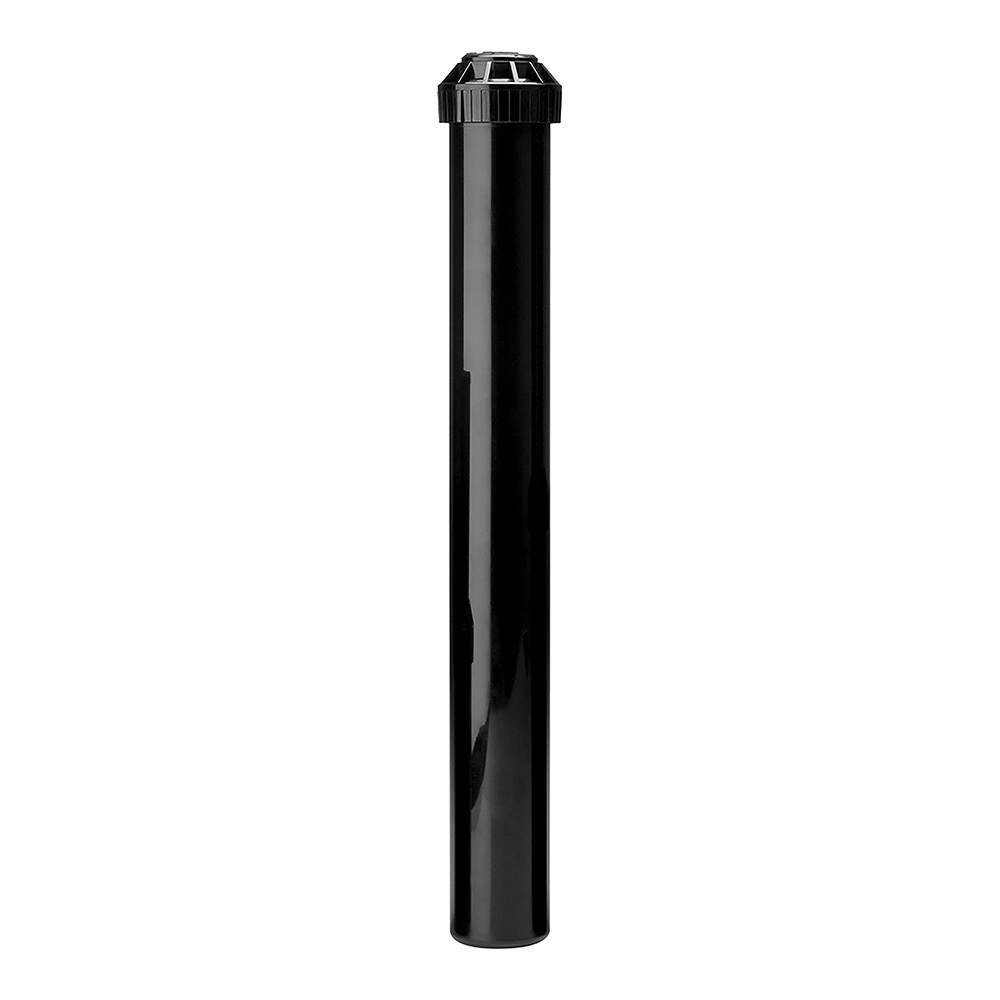Backflow Preventer Keeps Water Contamination Out
Most people know they need a backflow for their irrigation system. They just don’t know why. I’m going to work this backward.
If Your Backflow Device Is Broken
From the West Virginia Department of Health and Human Resources: “One of the most highly publicized cases of a backflow incident occurred in 1969 at Holy Cross University. The football season was canceled due to a large outbreak of infectious hepatitis among the team members. It was determined that backflow through an unprotected lawn sprinkler system at the practice football field caused the epidemic. Children carrying the hepatitis virus routinely played in puddles around the sprinkler heads. Fire fighting demands in the vicinity caused negative pressures at the sprinkler heads back siphoning the contaminated water into the drinking water supply to the field.”
This is one example of a backflow prevention device. Pictured below is the Conbraco 4A-500 Freeze Resistant PVB Backflow Preventer.

One of the most famous cases of backflow occurred in California. A laborer had been using an aspirator attached to a garden hose to spray a driveway with a weed killer containing arsenic. At some time during his work, the water pressure reversed. The man then disconnected the hose and unwittingly drank from the hose bib. Arsenic in the waterline killed him! Thirsty yet?
Try this from the Environmental Protection Agency: “In 1991, an atmospheric vacuum breaker valve intended to protect a cross-connection between an irrigation system and the potable supply malfunctioned, allowing backflow of irrigation water into the public water system. The water system, located in Michigan, was contaminated with nematodes, rust, and debris.”
In 1981, chlordane and heptachlor were back siphoned through a garden hose submerged in a termite exterminator’s tank truck in Pennsylvania. An undisclosed number of illnesses occurred, and 75 apartment units were affected.
THE BASICS OF BACK-SIPHONAGE
If you lose water pressure to your house, the water in the house will flow out to the mainline. Because pressure is now reversed, going from house to the mainline, it creates a siphon effect and will pull anything in the sprinkler system and in the puddles around the sprinkler system with it. If your garden hose was on at the same time, it becomes a siphon hose. Now all the fertilizer, insecticide, animal waste, and many other things you don’t want are pulled into the drinking water.
GARDEN HOSE VS BACKFLOW
Notice the two involving garden hoses? How many of us drink from a garden hose when working outside on a hot summer day? Ever use that same hose to put out pesticides or fertilizer? Have a backflow preventer on the hose bib? Cheap, cheap protection.
IRRIGATION SYSTEMS AND BACKFLOW PREVENTION
Same principle. A backflow works by shutting down the irrigation water line when you lose water pressure. The simplest works just like a stopper in your bathtub: a plug falls down and blocks the line. They get far more complicated, depending on the application. Don’t listen to your neighbor, me, or anyone else on what type of backflow you should get. Ask your city or county or your water provider. In my area a pressure vacuum breaker is plenty. Two miles away a new jurisdiction starts and they insist on double-checks. Always verify local code requirements first. To find out the different types of backflows look at the backflow section on sprinklerwarehouse.com. To learn more about how they work check out backflows in Sprinkler School. And stop drinking from your garden hose until it’s protected. Lemonade sounds better anyway.



























